Forty years after Nicaragua’s Sandinista revolution you could argue that the troubled country has seen only one real change: the replacement of the ruling Somoza family by the Ortega family.
In 1979 the Sandinista National Liberation Front, aka the FSLN, seized power, removing the dictatorship led by Anastasio Somoza Debayle and installing the Junta of National Reconstruction, led by Daniel Ortega.
The new government nationalised land held by the Somoza family and turned it into co-operatives. Universal healthcare was established, and in 1980 a literacy campaign was launched.
About 150 Irish people worked in Nicaragua around this time, in support of the Sandinista revolution. But the intervening years have forced some of them to challenge the views they once held.
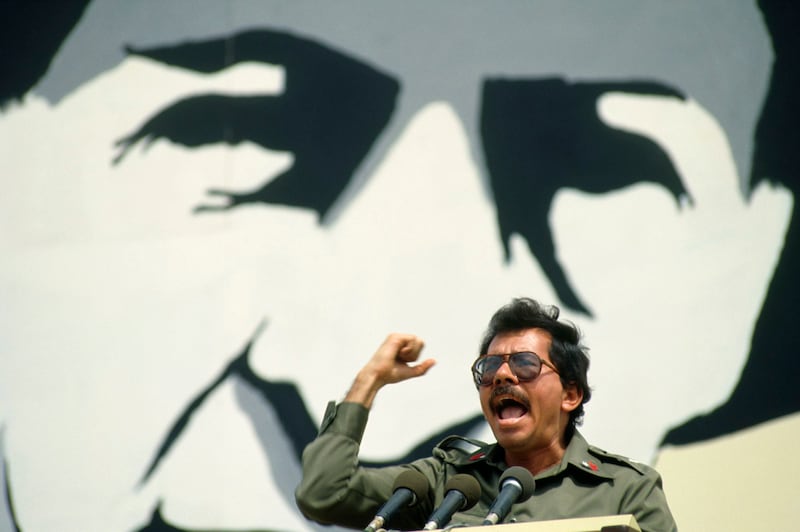
Ortega, the revolutionary leader, was ousted in 1990 after sustained attacks by US-backed contra guerillas and by economic sanctions, but he returned to power in 2006. He was elected for a second five-year term in 2011 and, after the abolition of presidential-term limits, won a third election in 2016. His wife, Rosario Murillo, became vice-president.
In April 2018 a new crisis began when elderly citizens protesting against pension cuts were beaten off the streets. Widespread protests saw hundreds of thousands of Nicaraguans march in solidarity. The government responded with force. By September that year 325 people had died, 2,000 more had been injured, 1,000 had been jailed and 60,000 had fled to Costa Rica. Since then police have banned all public mobilisation.
Last year an interdisciplinary group of independent experts investigated what had happened, with the permission of the Ortega government. It concluded that violence perpetrated by state security forces was systematic and sanctioned from above and that isolated acts of violence by protesters invariably occurred as a reaction to the repression. The Ortega administration rejected the group’s findings.
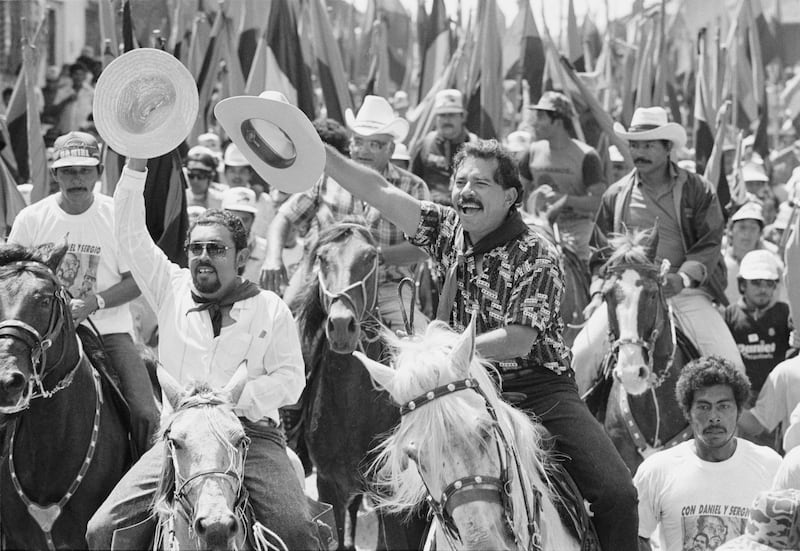
Last month Betty Purcell, Robin Hanan, Molly O’Duffy and Fionnuala Rogerson were among 51 Irish signatories to a letter presented to the Nicaraguan ambassador to Ireland that objected to the violent treatment of unarmed protesters and called for free and fair elections. Almost all of the signatories had worked in Nicaragua in support of the revolution.
Nicaragua remains a divided country, and its government has supporters as well as detractors. The Irish Times has sought the point of view of these former activists, who bring a unique Irish perspective to recent events.
How does it feel to see a revolution you spent much of your adult life supporting betrayed by one of its heroes?
Molly O'Duffy The betrayal began around 1993, when Ortega decided the FSLN was a vehicle for him and for his power. Between then and 1995 a lot of the commandants and the leaders who were well known, including the vice-president, Dora María Téllez, who had been a guerrilla leader and who had been the minister for health, left the party because it had just become an authoritarian vehicle with Ortega at the head.
Betty Purcell It was devastating, really. The truth is there were portends. In 1998 we had the allegation from his stepdaughter [of sexual abuse], which was not taken seriously enough. I think we all have to put our hands up about that. Because her mother said that he was right and she was wrong… we somehow thought that it wasn't a true allegation.
He was being covered up for. It was just intolerable that he was being allowed to augment his power, and solidify his power, at the expense of his own stepdaughter and then, subsequently, the women’s movement and the Sandinista forces, who were still trying to stay true to the Sandinista message. He got away with that, and then he made the big compromises both with the right wing and with the Catholic Church – for instance, banning all abortion rights. That was a big pay-off for them, that they were willing to make in order to give him support when he went for his 2006 victory.
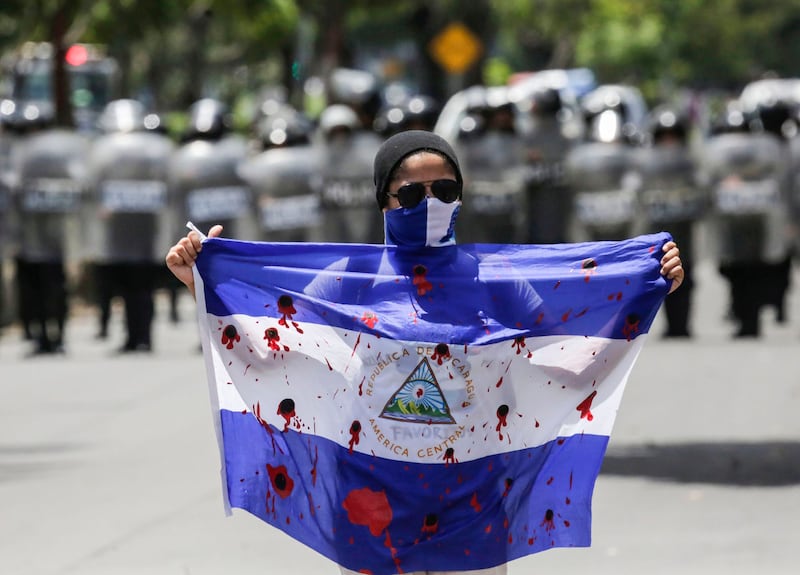
Is there a pattern here, as with Robert Mugabe in Zimbabwe, where revolution tends to evolve into dictatorship?
Robin Hanan Each situation is different. It doesn't always happen like that, and if you look at the situation when most of us went to Nicaragua at first, the whole of Latin America was under dictatorships of one type or another, aligned more or less with the United States.
In the next few years, very much inspired by Nicaragua and other countries like that, they began to loosen up; they began to open up. Various popular movements overthrew dictators, and those movements went in different ways. Some of them became strong, strong enough to keep society open. In other cases countries which had no tradition of democracy ended up maybe slipping backwards. In Nicaragua was there was no tradition, ever, of democracy.
Fionnuala Rogerson There's obviously still hope there, and positive things are still happening. There is still, or there was, money coming into Nicaragua. At least some of it was being distributed to the poorest within the country, who were benefiting from it. Obviously… his larger family interests have been creaming off quite a bit of what has been coming in.
There are still Irish people who made so many friends, or who had worked there for so long, who are still going backwards and forwards. I think we all still care about it. I don’t think any of us have changed the colour of our spots in the way Ortega has.
O'Duffy I got a message on WhatsApp yesterday from a friend of mine who had read about the letter to the ambassador, and she just said, "I cannot tell you how grateful we are." She's a Nicaraguan, and it's a little bit the same as when we went out on the brigades… I think we are fighting the same battle; we're fighting for ordinary people against powerful people who are abusing them. It's the same issues.
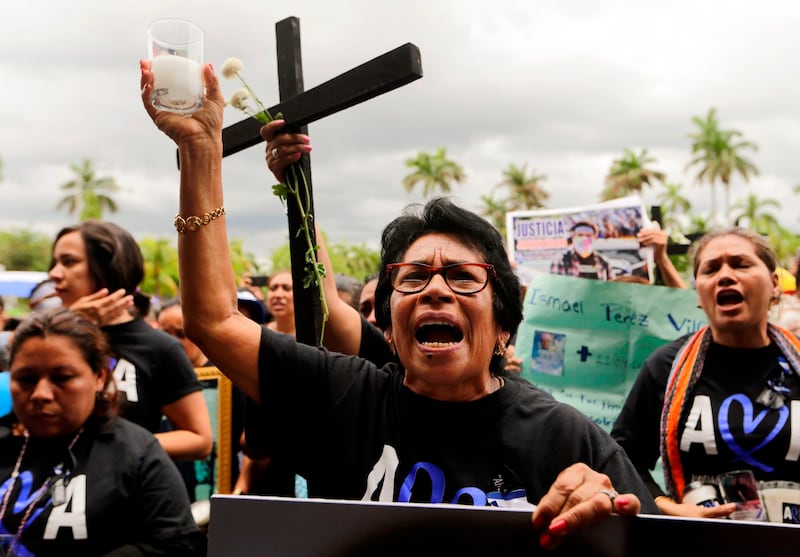
Is what happened last year typical of the previous Somoza regime?
Purcell I think it's different. [Ortega's] betrayal is more painful. Everyone knew what to expect from Somoza. Everyone knew what to expect from Batista [the Cuban dictator removed by Fidel Castro in 1959]. Ortega, it's a betrayal of a movement that he was part of and that he suffered for in his early years. Let's not forget that: he was imprisoned and he was tortured himself.
Psychologically, what happened is the consolidation of power, and the ugly addiction to power and money. He lives in a mansion that belonged to a former [supporter of Somoza] with his family, and has promoted his family and all of that stuff that we expect from tinpot dictators . But it was the betrayal of his people and the betrayal of the Sandinista movement and what it represented in terms of real change and inspirational change in the world; that’s what makes it different. If he was just another tyrant we wouldn’t continue to care.
How safe is it for your friends there now?
O'Duffy They're absolutely terrified. [My friend] has two sons, and she won't let them go out the door, because young men are picked up all the time. And they were university students, so they probably participated in the early protests, so they would be a target.
Obviously, some people support the regime. Obviously, some people feel immune, but anybody who’s done anything is absolutely terrified, because the squads come – they killed a young man in León three weeks ago while trying to arrest him – but they come in the middle of the night. They take you off in the middle of the night, they torture you for three days and then they throw you back on the street with your hands tied. Two men have had “FSLN” knifed on to their backs.
Purcell Solidarity is essential to be maintained and for people to be interested, because as long as international observers, human-rights organisations, witnesses, lawyers, journalists keep the interest up, then the people will not be destroyed.
They’ve learnt how to organise; they have learnt how to win; and they know that it’s possible. So therefore, with our help and with their help, change can come. I believe it’s inevitable that change will come, and for the better. Remember, people have learnt to read and write and have the gift of literacy, even if it was in the 1980s that they got it.
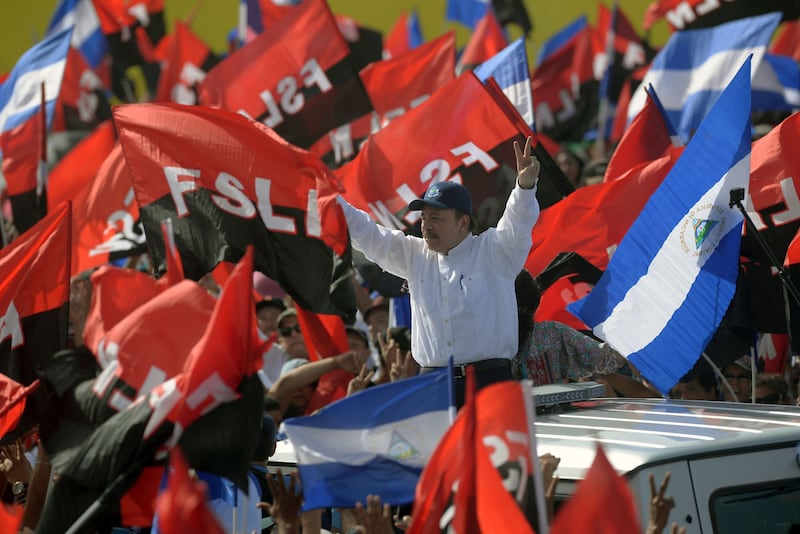
So the revolution wasn’t for nothing?
O'Duffy Absolutely not.
Purcell Certainly not for nothing.
Rogerson And healthcare has improved.
Hanan As outsiders it has never been our job to tell Nicaraguans what they should do. Or job is to witness, to support, to provide access to public, world opinion that people who are oppressed need. That was true when they were under attack from the contras. It's true now when they are under attack from this new government. But a lot of stuff that was achieved in the 1980s is still coasting along. Even if it has been closed down, privatised, reduced, repressed, a lot of it is still there. There is still hope. It's not like things have just gone right back to the Somoza times in terms of the way society runs.
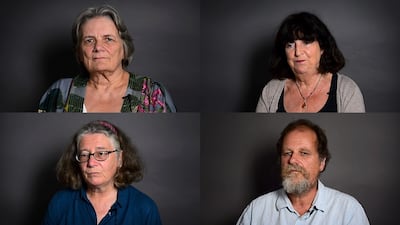
[ ComhlámhOpens in new window ]
Robin Hanan, then a civil servant, was a volunteer in Nicaragua during the summer of 1988, based in Masaya. He was a teacher with a project to help people read technical manuals in English. After returning to Ireland he became active in the Irish Nicaragua Support Group, chairing it for two years. He left the Civil Service in 1994 and went on to head three NGOs, all emphasising grassroots advocacy for human rights. In 2011 he was an Independent candidate for Seanad Éireann.
Betty Purcell is an author and broadcaster. She travelled to Nicaragua in 1986, working as a journalist and picking coffee as part of a brigade of British and Irish volunteers. She wrote a book about her experiences, Light after Darkness (Attic Press). She worked as a producer in RTÉ radio and television for more than 30 years.
Fionnuala Rogerson is an architect in Dublin. She first visited Nicaragua in 1973, shortly after the 1972 earthquake. In 1983 she volunteered with the Agency for Personal Service Overseas on an international team of architects, planners and social scientists from Europe and Latin America in the Junta por la Reconstrucción de Managua, or Junta for the Reconstruction of Managua. From 1984 to 1988 she chaired the Irish Nicaragua Support Group.












